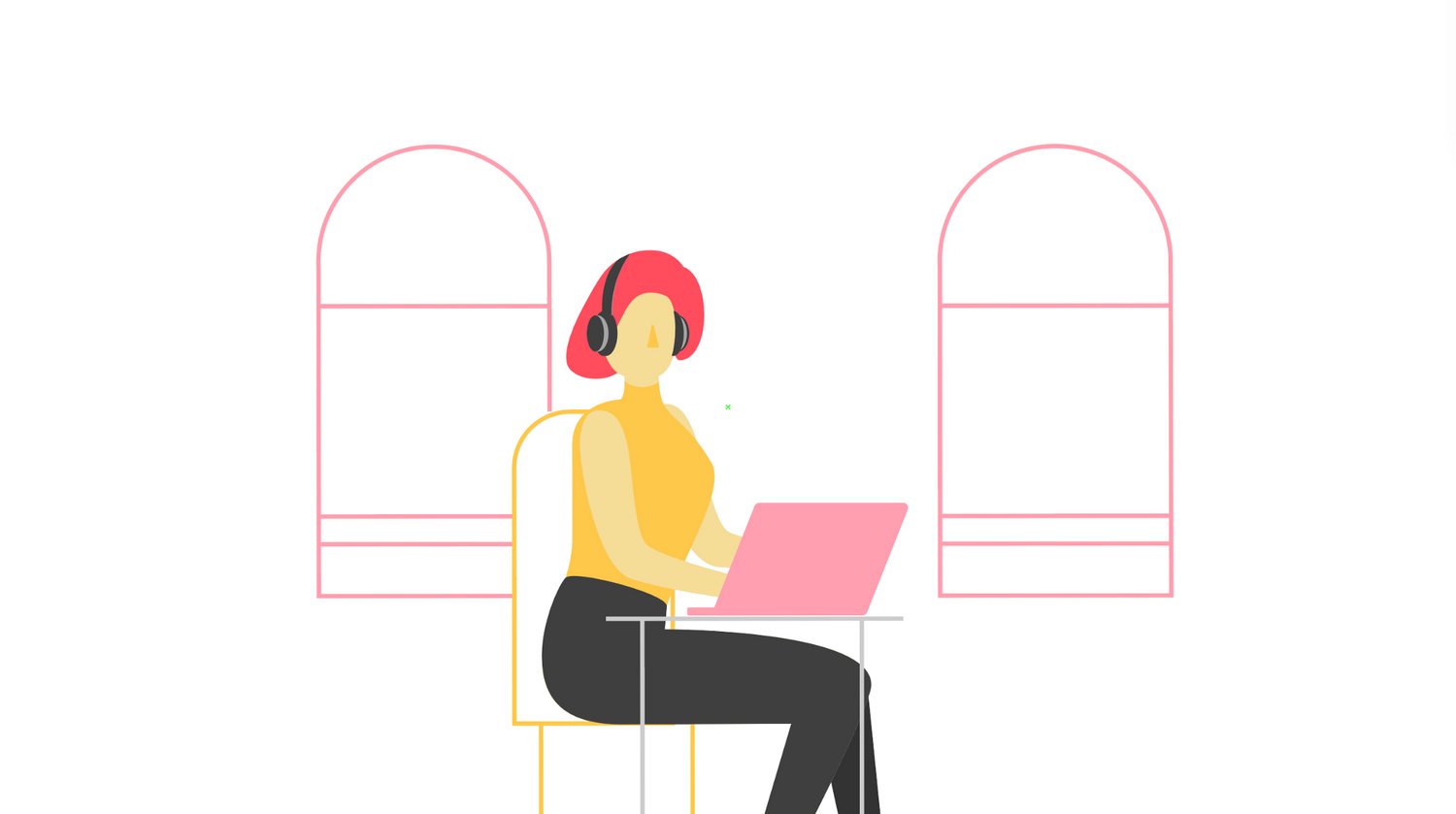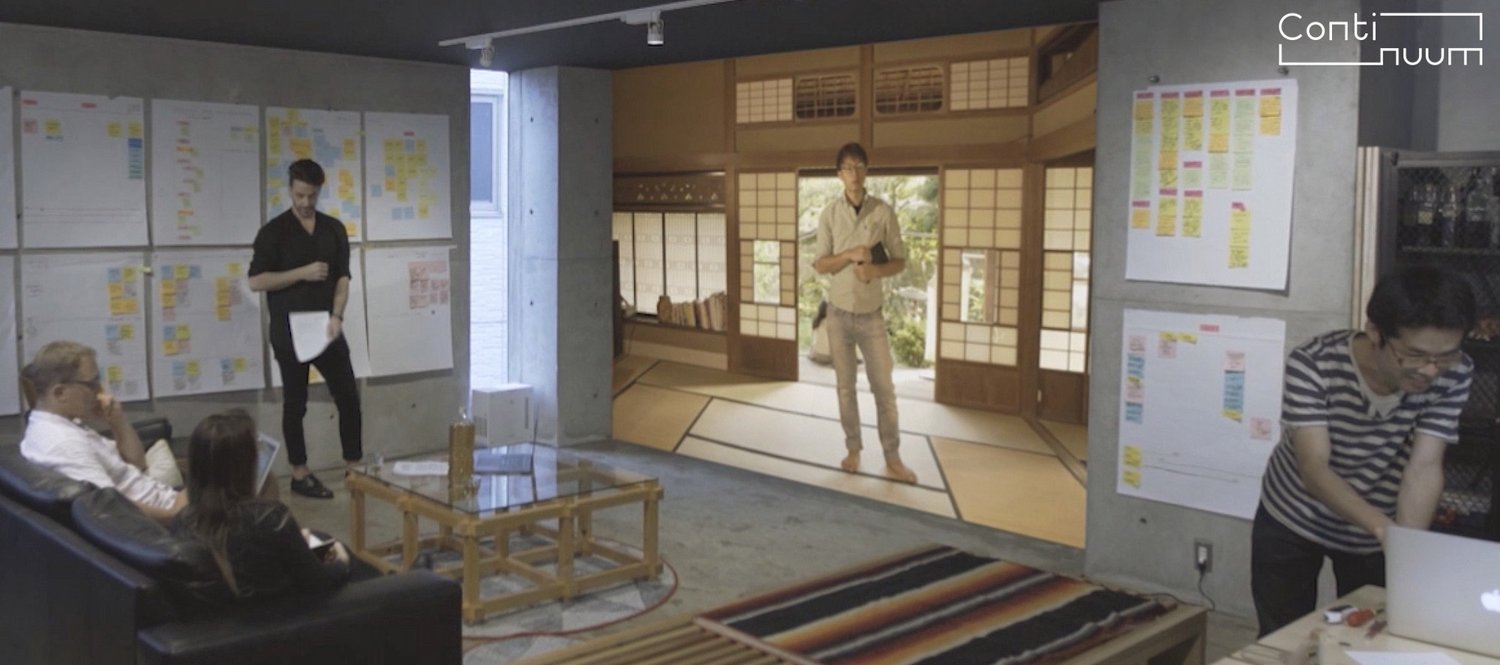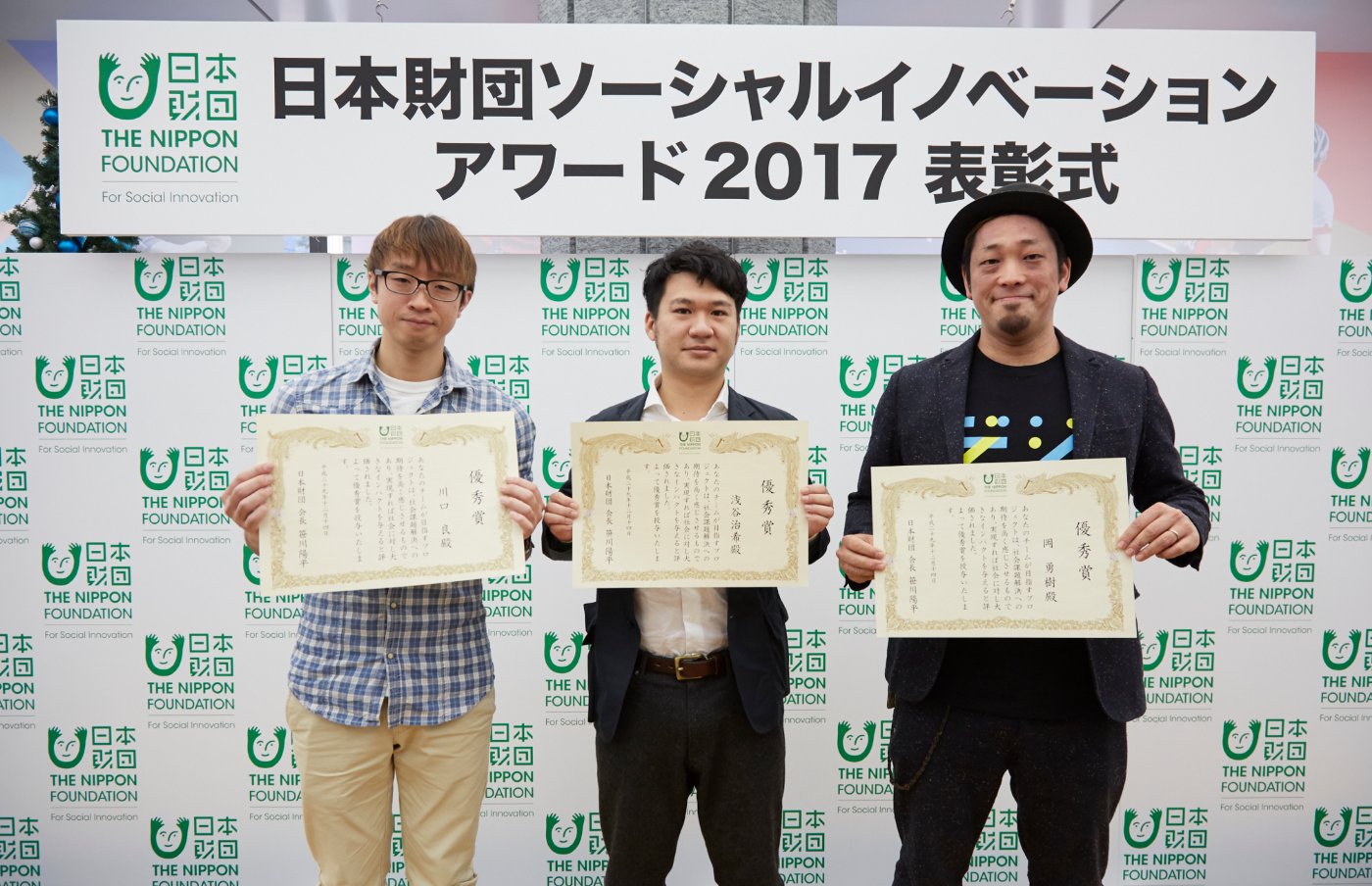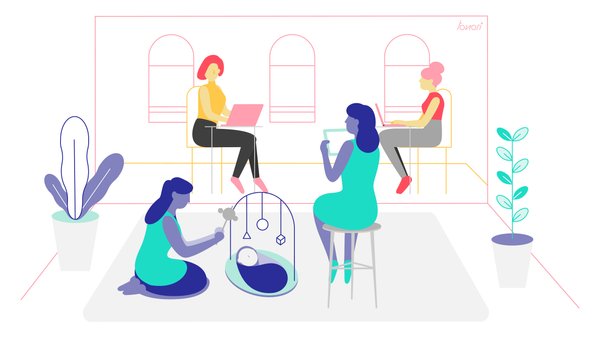Did you know…
- Over 55% of commuters in Tokyo travel more than 1 hour each way to and from work — added up over a lifetime, they will have spent more than 2.5 years of their life in transit! Reducing the frequency and distance we travel for work could give us more time for ourselves, our families, and our passions, all while saving energy to benefit our environment.
- More than 65% of women in Japan never return to work after giving birth. Targeted innovations could dramatically improve the lives of families and create tremendous economic opportunities by enabling more women to remain part of the professional workforce.
- Nearly half of all Japanese towns and villages are likely to disappear within the next 20 years. This is largely a result of younger people and families moving to seek new opportunities, leaving only the elderly behind. Still, more than 40% of people in Tokyo say they would consider moving outside the city if there were better opportunities.
At a time of extreme urbanization, rising commutes and stresses, and shrinking rural opportunities, people and organizations are seeking more flexible work-lifestyles. While this would seem like a personal choice, at the heart of this is also a collective desire to reinvigorate family, social, and local development — deep down, we sense our urban lifestyles and global monoculture are unsustainable for humanity.
With increased expectations about what flexibility means and what’s technically possible, new communications tools are rapidly emerging and gaining popularity. Video conferencing, chat, and email have reshaped organizations to become more distributed and global, and have created new opportunities for remote and freelance workers to find work and roam freely.
Unfortunately, as new tools are adopted, there are few best practices or guidelines to inform new cultural norms, organizational structures, and communication processes that balance the needs of the organization and the individual. To make matters worse, different tools — like group chat and project management — often don’t communicate well with each other, creating overhead when people, information, and contexts need to move between them. Without more elegant design solutions and better education to encourage good habits, the tools themselves become a hindrance to effective communication among people with different expectations, create unwanted noise and distractions, and disrupt necessary formal communication protocols.
As an analogy, consider the now popular open office floor plan. Once rare, today more than 80% of new offices adopt an open layout in the footsteps of Silicon Valley startups with hopes of sparking innovation and serendipitous creativity. Yet, despite all the hype and good intentions, research typically shows that unexpected interactions in open offices lead to higher levels of stress, more distractions, and reduced productivity — whereas private spaces enable people to focus and boost job performance.

The result of a poorly designed space is that individuals resort to other measures to tune each other out — wearing headphones or muting email and chat channels. Participants are forced to change their environment, and it no longer functions for its intended purpose. And without alternative spaces and tools to meet communication needs, organizations can experience larger communication gaps that weaken teams and harm productivity.
In both the physical and digital world, designing the right environment for good communication — one that balances openness, information sharing, focus, and efficiency— isn’t as trivial as adopting a new tool or moving furniture. Each space and tool should be made to fit the needs and expectations of its participants, and when needs evolve, it should change or be replaced while ensuring the right people, information, and contexts are carried through the transition.
With these problems in mind, and based on our personal experiences working in distributed teams, we started Tonari. In Japanese, it means “neighbor” or “next to.”
We provide a frictionless communications platform that strengthens teams and communities, enabling people to feel closer no matter where they are. Leveraging technology for social innovation, we aspire to create a world where opportunity, work, and education can be accessed from anywhere.
Our products provide the feeling of being together even when people need to be physically apart. We design them to foster casual communication, collaboration, and trust-building, while intelligently moving and connecting conversations across tools to ease communication flow and ensure important details don’t get lost.
Tonari’s underlying software platform is architected to support several planned products and devices, including an app, as well as the experimental research and development of what we call Portals: specialized installations that erase the lines between architecture, hardware, and software to seamlessly connect two locations into a unified space.
We believe technology, research, and education can all contribute to Tonari’s social mission: to empower people to achieve more sustainable work-lifestyles by improving remote communication and transforming environments to radically reduce the need for long commutes and costly real estate and business travel. By developing and advocating new communication tools and best practices, we hope to contribute toward a more vibrant and connected world, improve remote connectivity and access to opportunity outside of cities, and inspire a future where people can live and work more flexibly from anywhere.
As a social venture, we pursue this mission through a dual operating structure. Our non-profit develops research and case studies through experimental pilot programs that transform professional, educational, and social environments. Our other arm is a technology startup, with which we directly develop new technologies and products while focusing on operational scalability and sustainability.
Running these organizations in parallel, we strive for a more humanistic and social approach to the design and development of new technologies, while coordinating with a broad variety of communities and partners to make our innovations useful and accessible at every level of society.

Tonari evolved from the Continuum project, an effort we started last year in response to the Nippon Foundation’s call for applicants for their 2017 Social Innovation Award. With help from our community at Straylight and many friends and supporters, we refined our concept and presented a technical demo and development plan at the Social Innovation Forum in November — and in December, the Nippon Foundation announced we would receive one of three Excellence Awards, providing 50 million yen (~$450K USD) per year for up to 3 years starting in 2018.

With the funding and momentum provided by this award, we received the first portion of the grant in April, and set out to build a foundation and timeline to make our vision a reality: identifying key hires, creating an operating structure to sustain our technical development, and defining next steps for our products and pilot programs.
From now through summer, we’re growing our team while sprinting towards the development of a new Portal prototype and software platform. We hope to reveal more details about these products and kickstart discussions with pilot candidates in late 2018. At that time, we’ll also seek additional financial commitments from partners and investors to help us accelerate and scale our development into 2019.
For those who supported us as Continuum, we hope you’ll continue to join us in our journey. We’re committed to the vision of building technology solutions while keeping our social mission front and center, remaining transparent with our supporters, and continually engaging with diverse organizations and communities that can benefit from and guide our development.

If you enjoyed this and want to learn more about tonari, please visit our website and follow our progress via our monthly newsletter. And if you have questions, ideas, or words of encouragement, please don't hesitate to reach out at hey@tonari.no. 👋
Find us 💙
Facebook: @heytonari Instagram: @heytonari X: @heytonari
